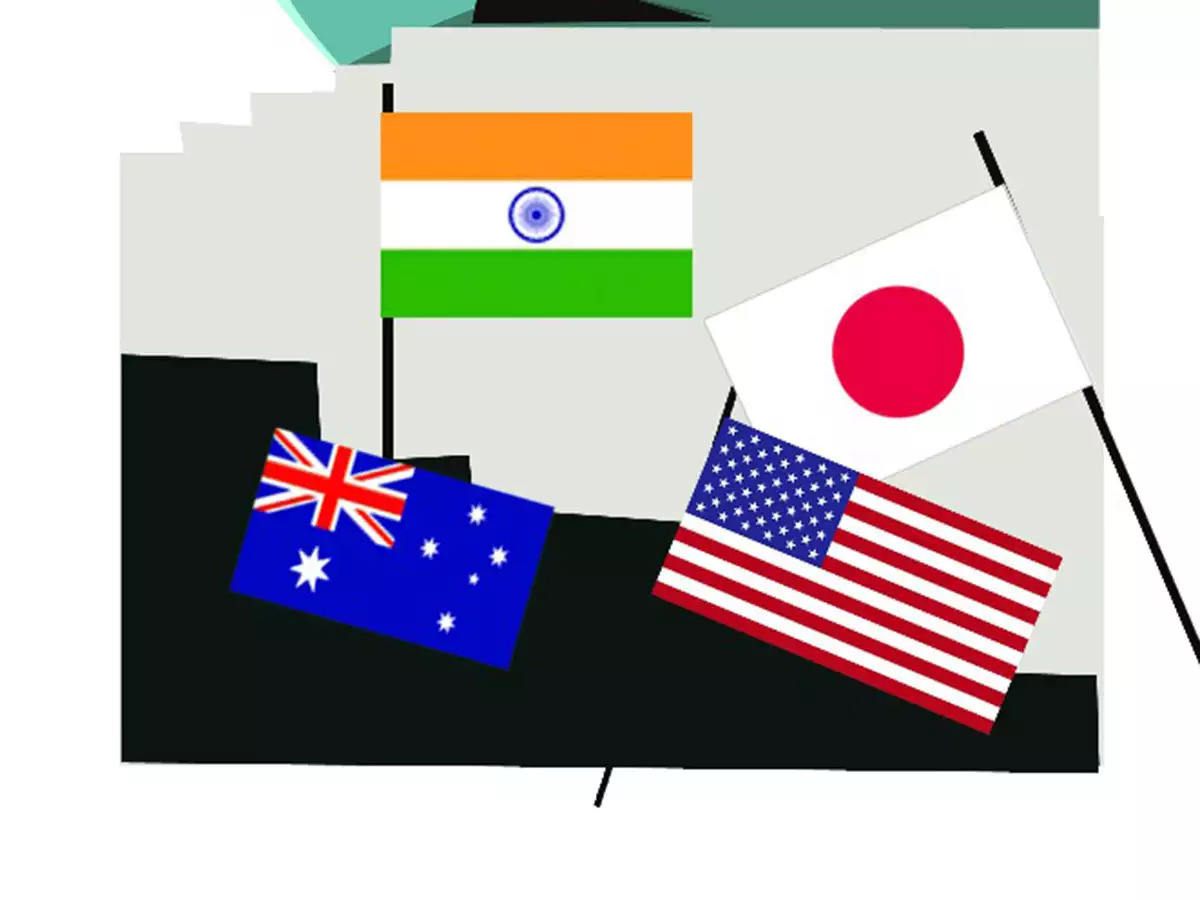The Indian-Pacific Quad is working to break China’s monopoly on rare earth elements.
The Indian-Pacific Quad comprising of India, Japan, Australia, and the United States are working together to break the Chinese monopoly on processing rare earth elements. So far, China has exercised a virtual monopoly on processing rare earth elements. Amid the trade war going on in between China and the United States, Beijing has many times, signalled that Washington may be denied supply of these rare minerals produced in China.
Why Australia is important?
The Quad countries are looking forward to utilising this opportunity to rapidly build collective self-reliance as dependency on China in critical areas may be a grave threat in the near future. In order to cut China’s monopoly on rare earth elements, the Quad countries are trying to build Australia as the real taskmaster in order to liberate the region’s democracies.
However, Australia’s output is much smaller so far when compared to the mammoth quantities produced by China. But Australia is mounting a serious effort to bridge the production gap with China. This situation of vulnerability created by China may change soon, as there are four Australian companies who are working on advanced rare earth projects.
The three Australian companies located in Australia and one in Tanzania are focusing on the ferret neodymium-praseodymium: a combination of rare-earth metals, which imparts high strength permanent magnets, extensively used in electric vehicle engines.
India-Australia critical minerals deal:
In the month of June, Australia had inked a preliminary agreement for supplying critical minerals to push India’s transition to a new energy economy. According to a report published in Businessworld, Australian Resources Minister Keith Pitt said, “Canberra could become India’s top supplier of cobalt and zircon.”
He further added, “India presents growing opportunities for Australia’s critical minerals, especially when the nation-building its manufacturing sector, defence and space capabilities.”
US-Australia rare earth mineral deal:
Australia has also worked out a rare earth elements deal with the US, the India-Pacific Quad’s most powerful partner. The Australian rare earth miner Lynas would process the mined minerals in a facility in Texas, in partnership with the Pentagon. Besides the Australian company, Syrah has earmarked a production line in the US state of Louisiana to turn graphite into super-conductor graphene, for use in electric cars.
Japan-Australia rare earth partnership goes back ages:
Australia’s partnership with Japan in the domain of the rare earth is already well established, following Tokyo’s spat with Beijing over islands in the East China Sea. Fearing that its high-tech industries could be compromised, the Japanese decided to invest in Mount Weld, a mountain and a mine site in Western Australia, with one of the richest major rare earth deposits in the world.
What are rare earth elements, and why are they important?
The rare earth elements (REE) are a set of seventeen metallic elements that include 15 lanthanide elements present on the periodic table plus scandium and yttrium. The rare earth elements are all metals that have many similar properties and are often found together in geologic deposits.
Rare-earth elements are necessary components used for the manufacturing of more than 200 products. They are used in a wide range of applications, especially high-tech consumer products, such as cellular telephones, computer hard drives, electric and hybrid vehicles, and flat-screen monitors and televisions. During the past twenty years, there has been an explosion in demand for many items that require rare earth metals.
These metals play an essential role in our national defence. Rare earth metals are the key ingredients for making the very hard alloys used in armoured vehicles and projectiles that shatter upon impact. The United States is a major consumer of products containing rare earth elements. These elements are incorporated into many sophisticated technologies with both commercial and defence applications.
China’s rare earth industry:
China is not only the largest producer of rare earth materials but is also its dominant consumer. China uses rare earth metals mainly in manufacturing electronics products for domestic and export markets. The major reason behind Chinese dominance in the international market mainly when it comes to the production of electronic products is because China controls around 95 percent of the world’s rare earth production.
The rare earth elements industry is highly important to Chinese internal economics. From the 1960s to the 1980s, the United States was the leader in the global production of rare earth elements. Since that time, processing and manufacturing of the world’s supply of rare earth elements and downstream value-added forms such as metals, alloys, and magnets have shifted almost entirely to China, in part due to lower labour costs and lower environmental standards.
What brought China’s rare earth metals monopoly into focus?
China’s stranglehold on rare earth metals and their supply chains has been highlighted by the disruption caused by the coronavirus pandemic. This pandemic situation resulted in an unimaginable loss to the global economy prompting governments and buyers to look for alternative sources for these expensive metals.
The worldwide lockdown caused disruption in the supply chain which made consumers rethink about their needs and therefore, necessitated on the fact to build collective self-reliance in the sector.

